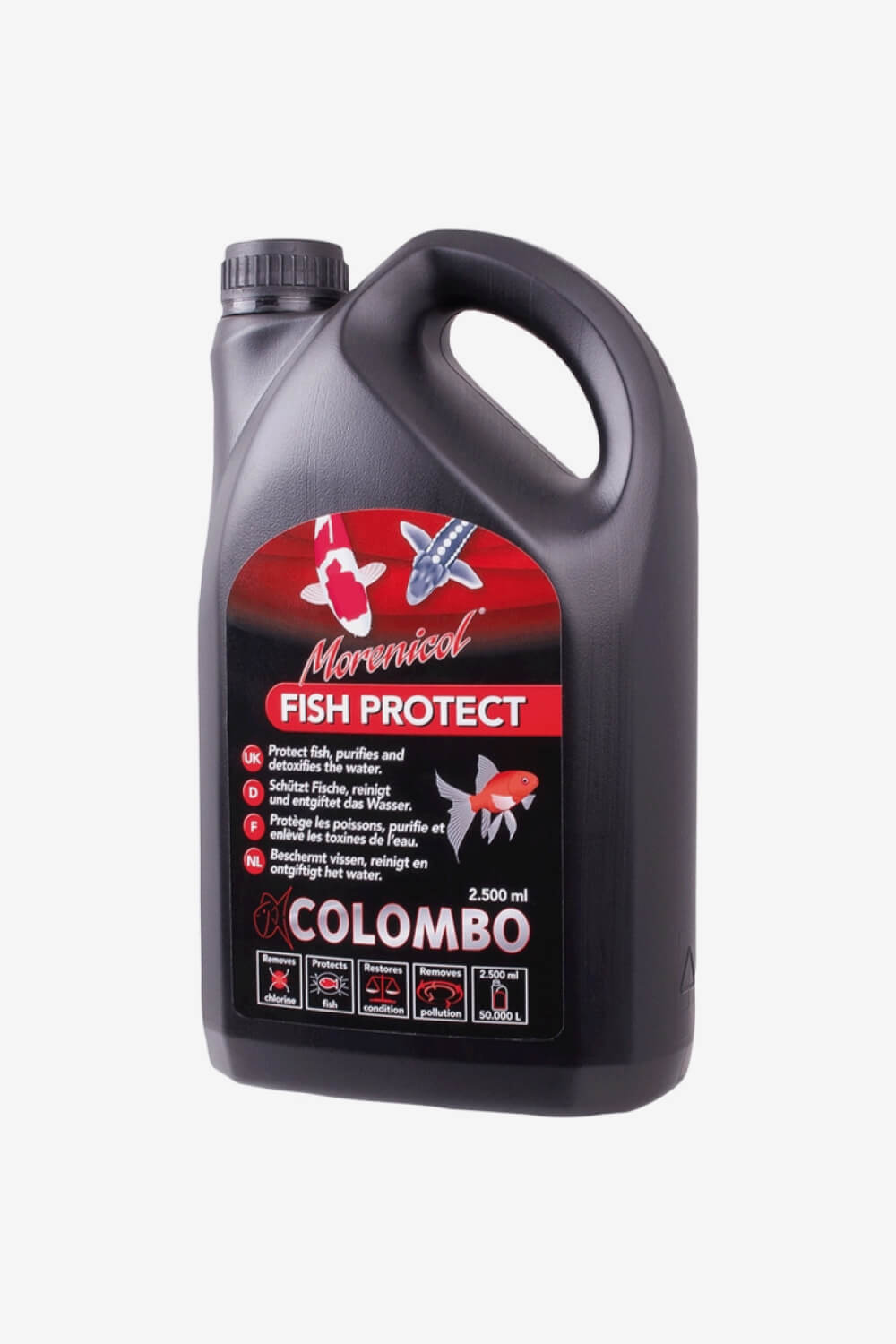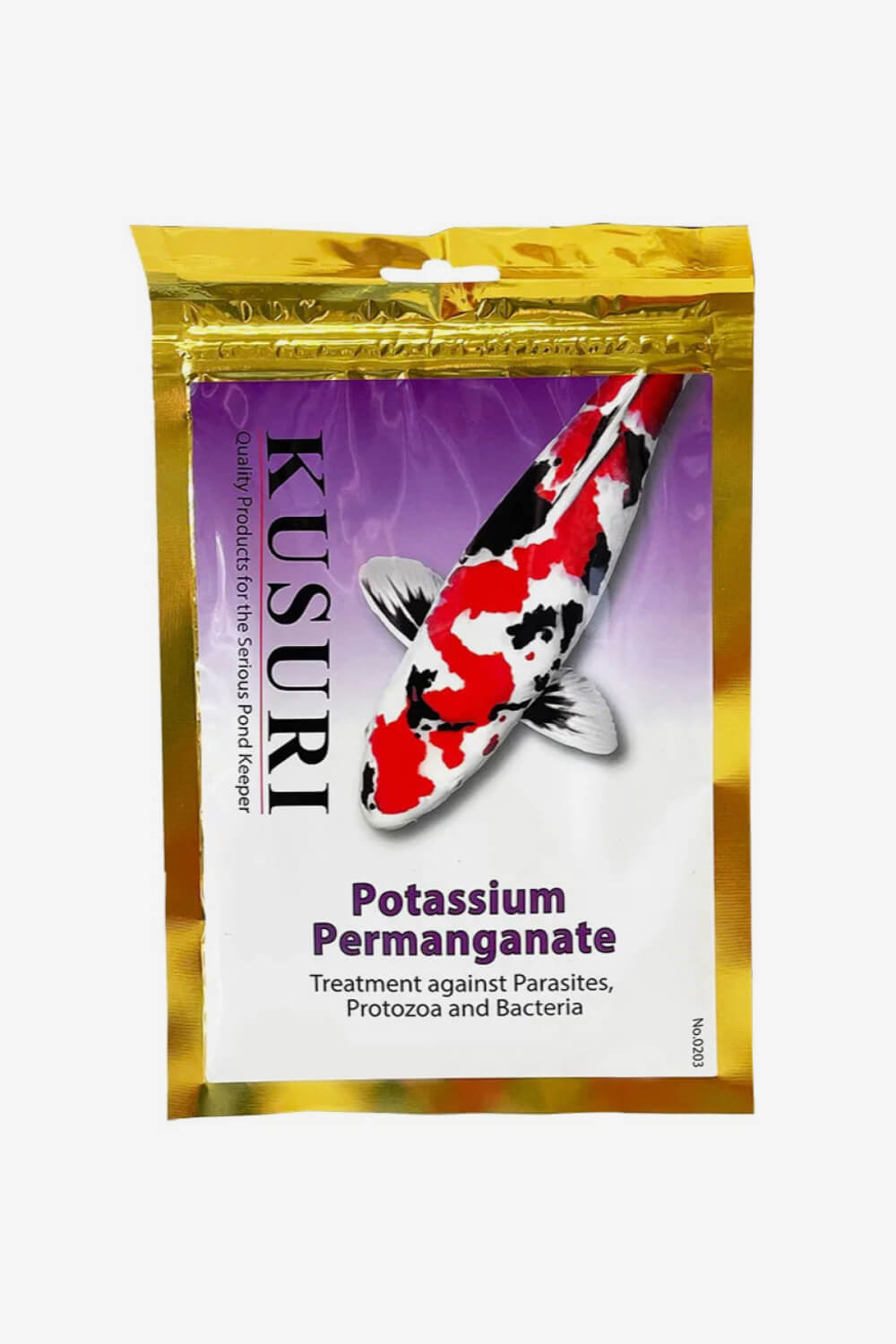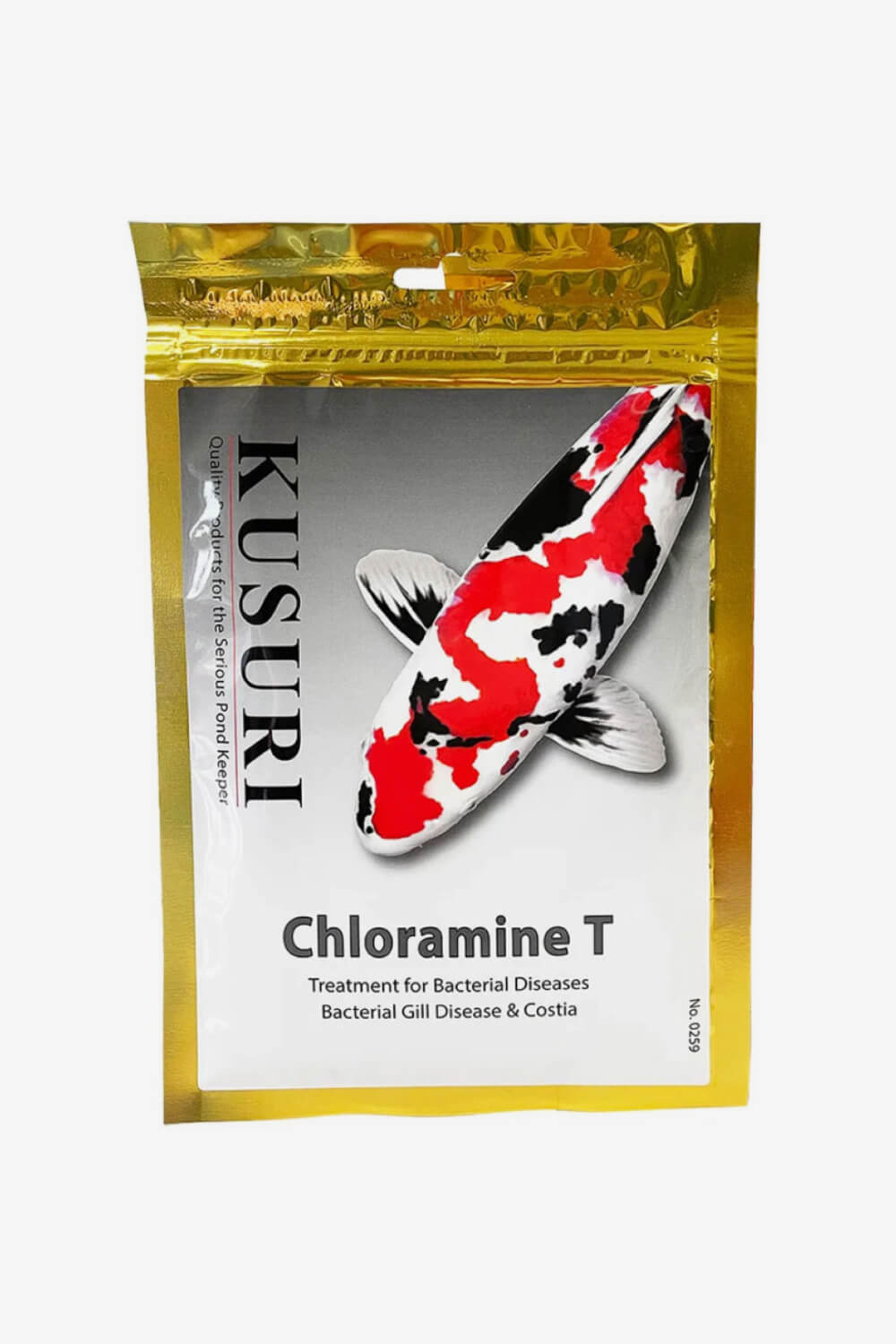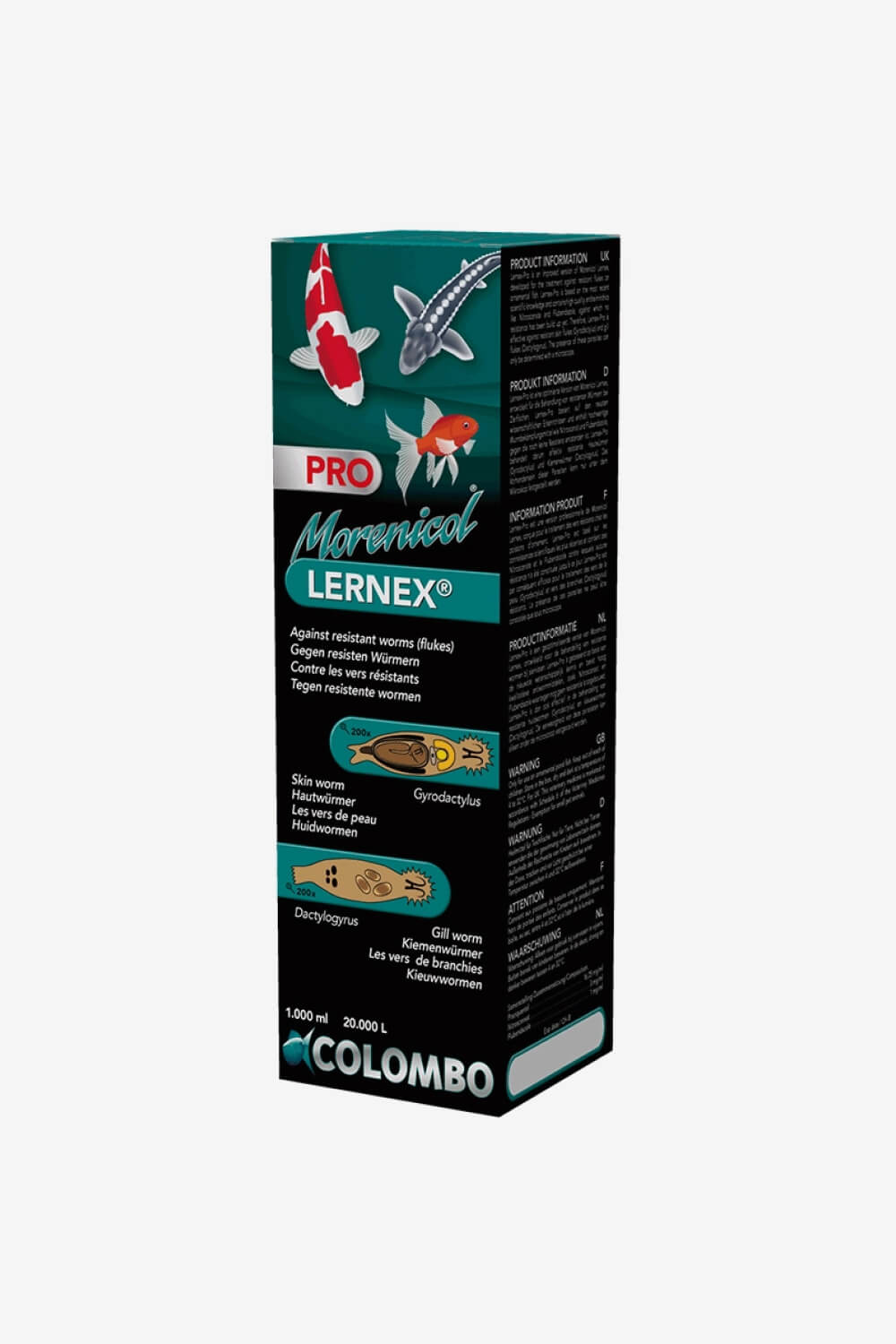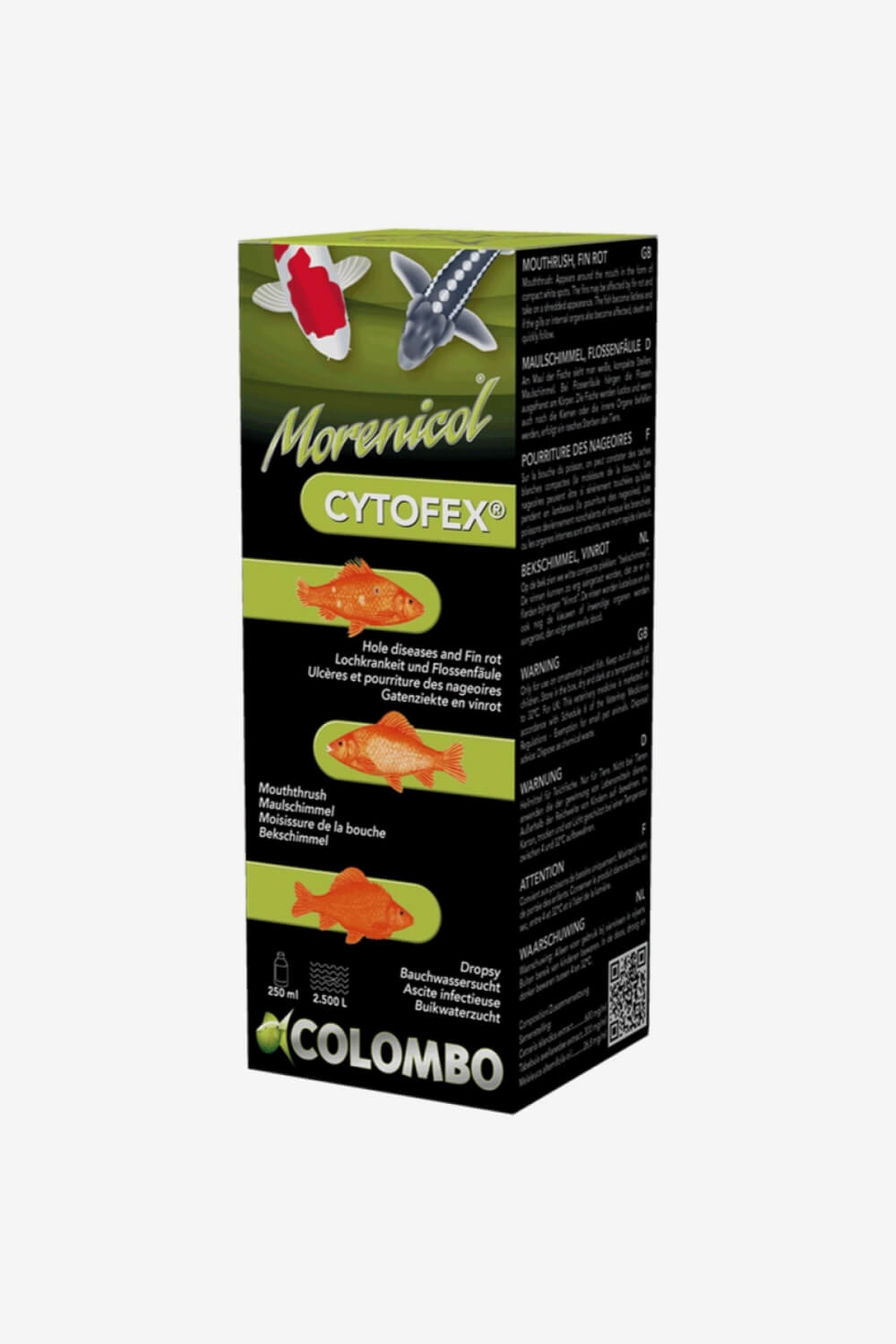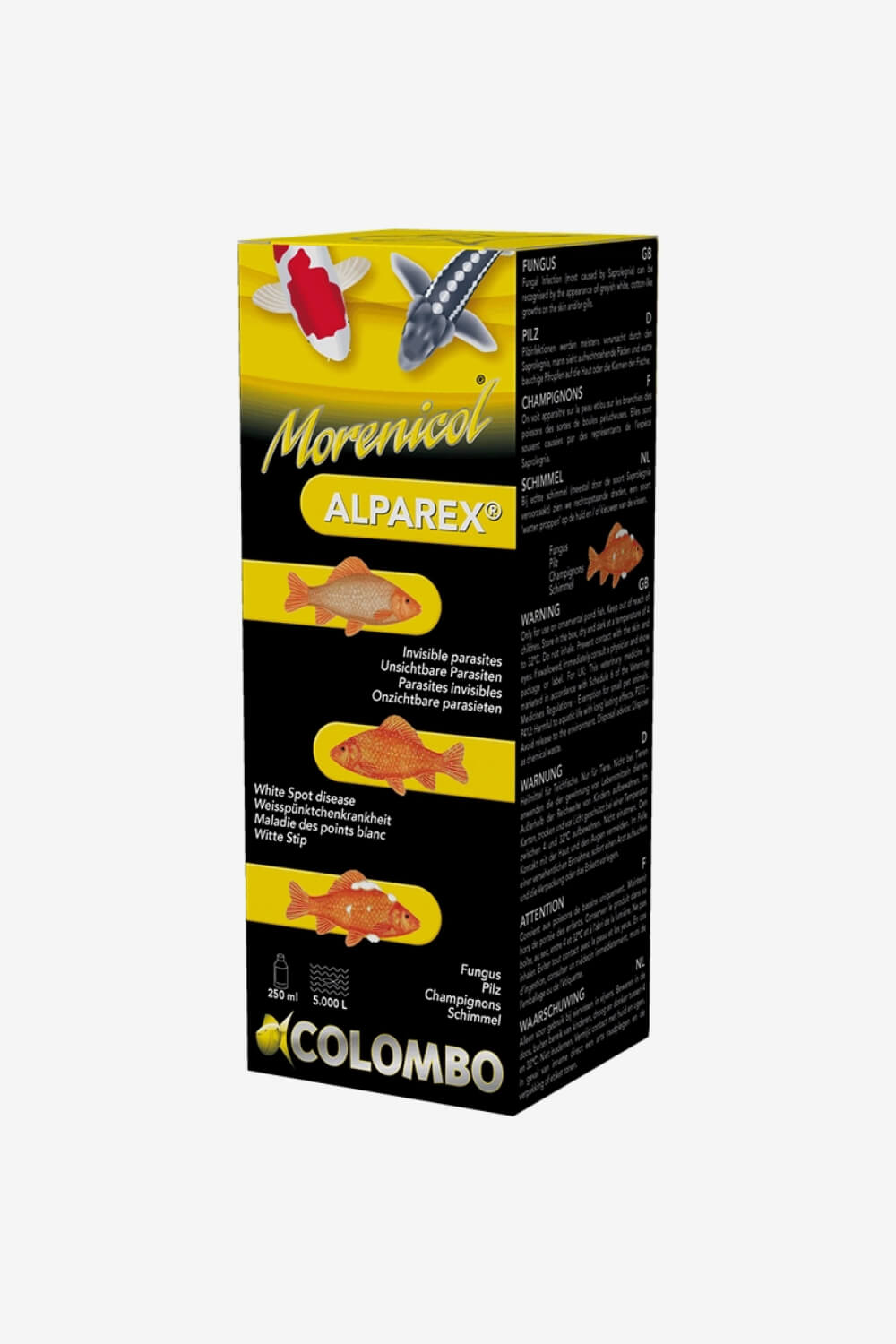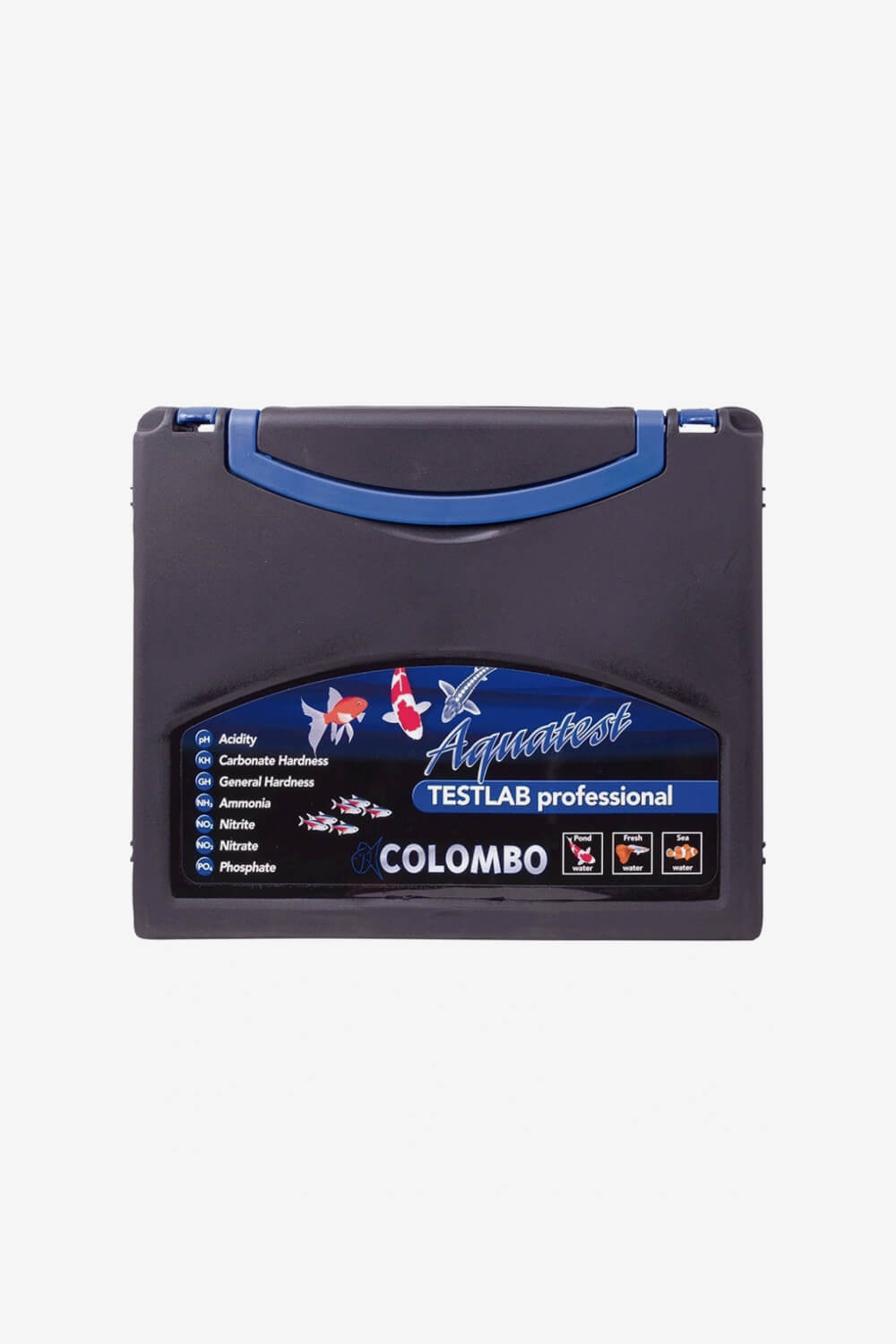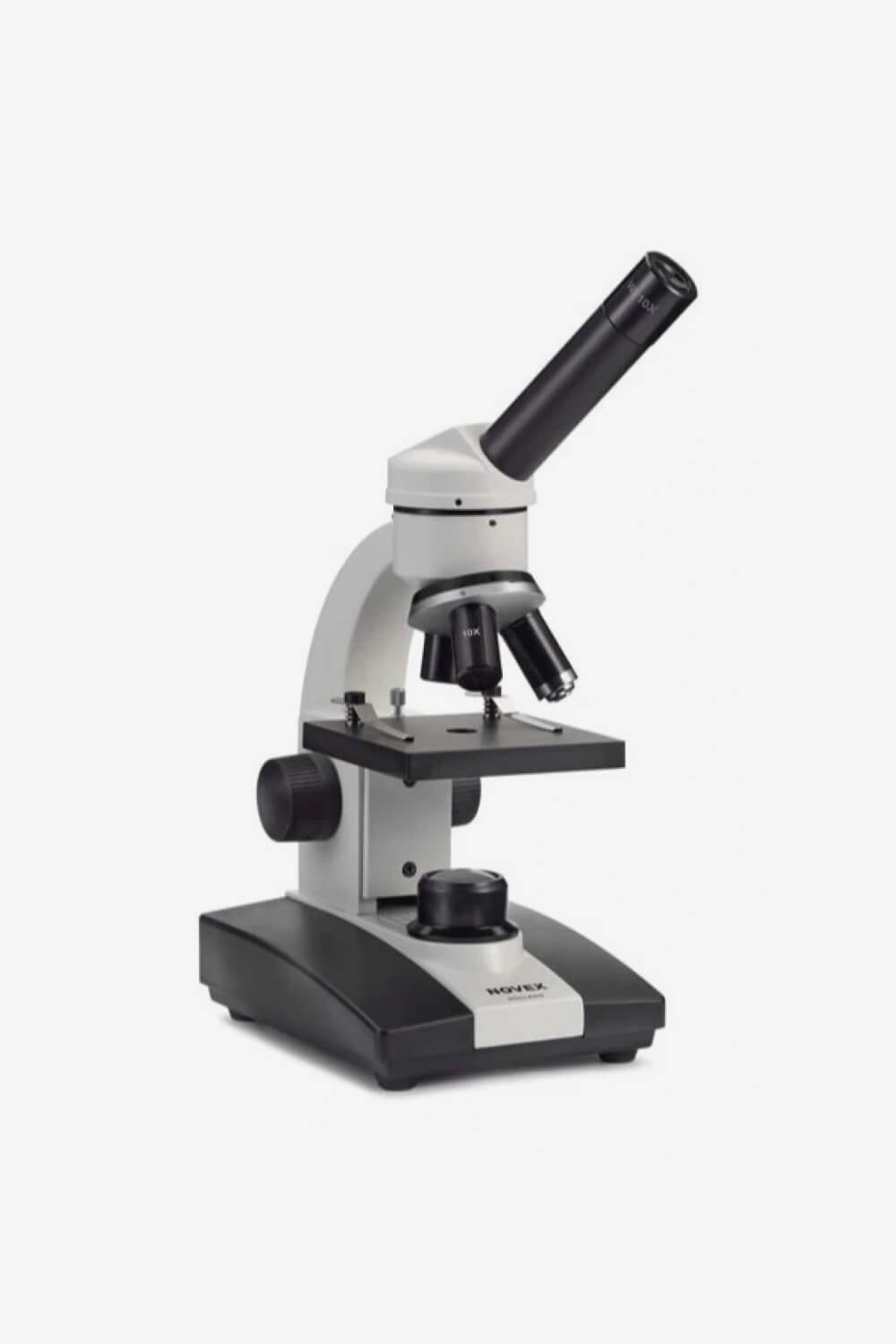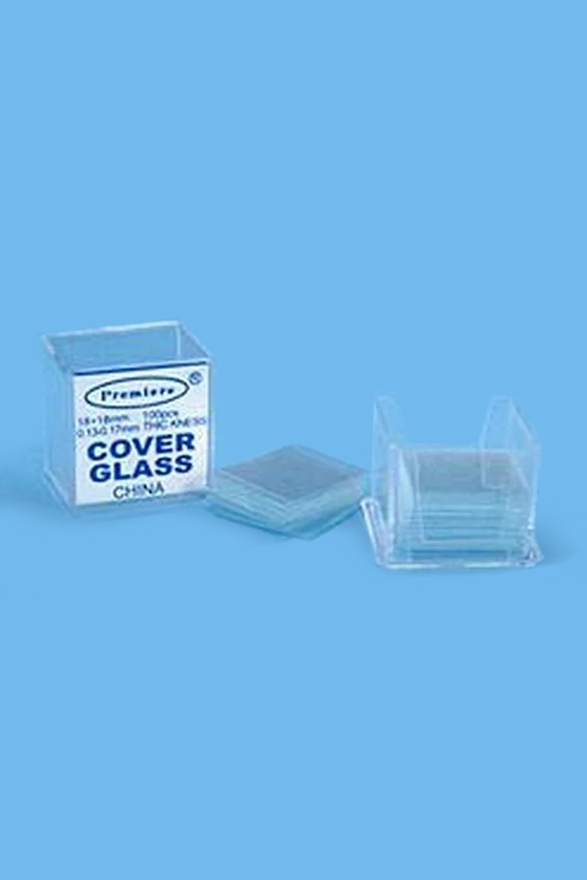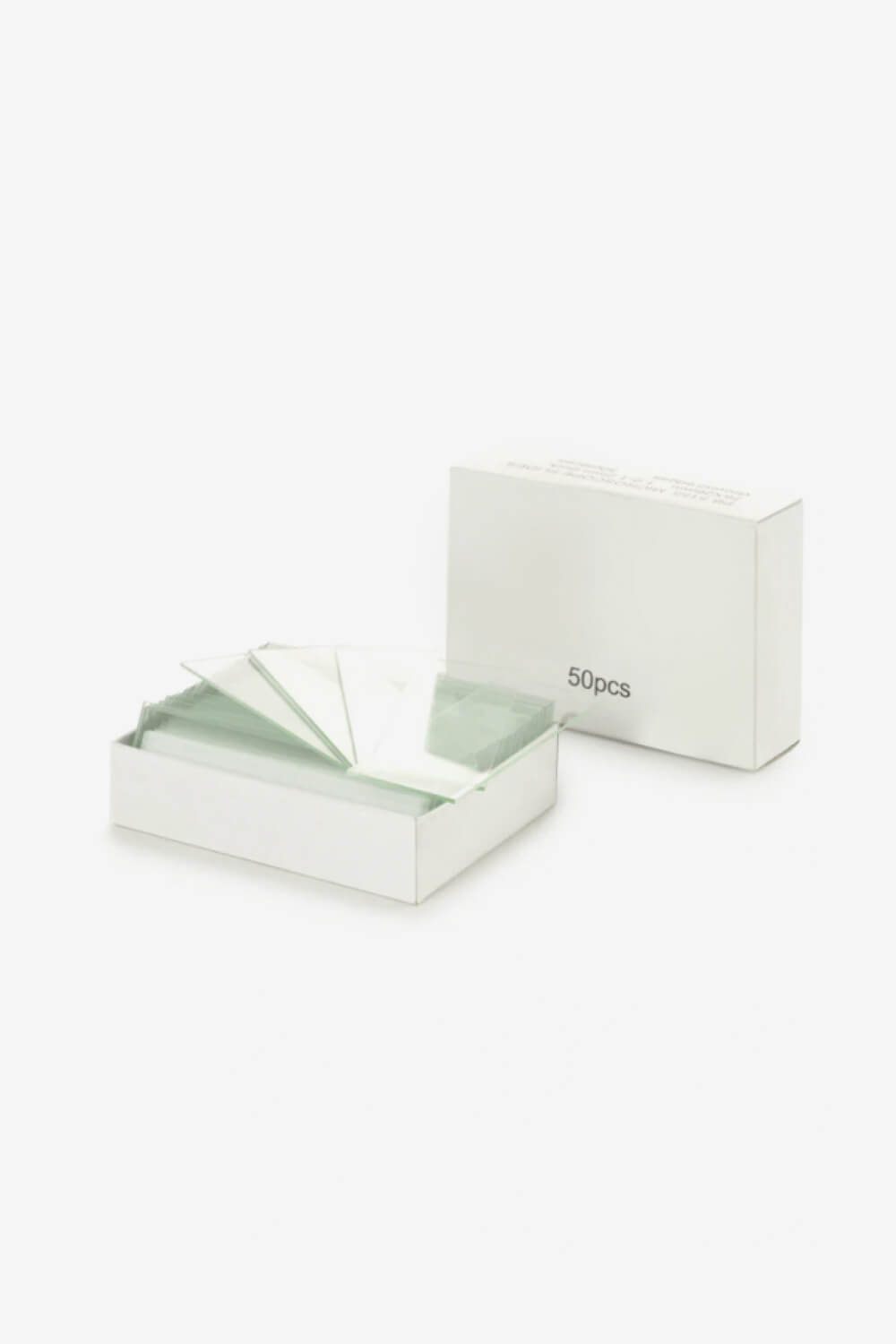Flashing usually means irritation, often from parasites or poor water quality. Even if the fish looks fine, don’t ignore it. Start by testing your water. If that checks out, you’ll likely need to do a scrape to check for parasites.
Diagnosing sick koi: What behaviour and symptoms are telling you
Your koi won’t tap you on the shoulder when something’s wrong, but their behaviour will. Here’s how to read the signs before things go sideways.
Introduction
When you’ve been around koi as long as I have, you learn pretty quickly that they’re good at telling you something’s up, just not with words. Sick koi don’t always show obvious signs straight away. It’s the small changes in how they swim, feed, or interact that often give the game away first. Whether it’s one fish flashing against the pond wall or a group going off their food, these shifts usually mean trouble is brewing. In this article, I’ll break down the key behaviours and symptoms that can help you spot illness early, and give you practical advice on what to do next.
Why early detection matters
When it comes to koi health, timing is everything. Most serious issues in a pond don’t just appear overnight. They start small, a parasite here, a bit of stress there and if you’re paying attention, you’ll catch the warning signs before things spiral.
The truth is, by the time you see obvious signs like open ulcers or heavy gasping, the damage is often well underway. Early behavioural cues are your first line of defence. Spotting something off, even a day or two earlier, can be the difference between a simple treatment and losing a fish or worse, a whole pond.
Over the years, I’ve seen too many keepers wait until it’s too late, thinking the fish would just “perk up.” Koi don’t just get grumpy. If they’re acting odd, there’s a reason, and your job is to find it fast.
At the end of the day, prevention is always better than a cure. But when problems do come up, early diagnosis gives you the best shot at turning things around.
Common behavioural signs of sick koi
Koi are creatures of habit. When something changes in their behaviour, it’s usually a red flag. Here are some of the most common signs that something’s wrong:
Flashing
If your koi are rubbing or flashing against the pond walls, bottom, or any objects, that’s usually irritation. Most often, it points to parasites like flukes or poor water parameters. Think of it as the koi version of scratching an itch, but that itch can quickly turn serious if left untreated.
Isolating or hiding
Healthy koi are curious and active, especially during feeding time. If one’s hanging back, staying under a waterfall or in a corner, that’s not normal. Isolation is often a sign the fish is feeling unwell, dealing with internal stress, or trying to shield itself from current.
Gasping at the surface
If koi are spending time at the top gulping air, oxygen levels might be low, but it could also mean gill damage from parasites or poor water quality. Don’t just assume it’s a lack of air. Check your water parameters and look closely at the fish’s gill movement.
Lethargy or weak swimming
When koi are sluggish, drifting about with minimal effort, or hanging motionless near the top, that’s not just them having a rest. Lethargy can come from a wide range of causes bad water, infections, or internal problems. Healthy koi should swim with purpose and respond to activity in the pond.
These behaviours are the koi’s way of waving a flag. Ignore them, and you’ll likely be dealing with a more serious issue in a few days’ time. Pay attention, and you can act early, which is always cheaper and less stressful for everyone involved.
Physical symptoms to watch for
Behaviour changes are usually the first sign, but physical symptoms confirm something’s not right. Here’s what to look out for when checking your koi:
Skin Issues (Ulcers, Redness, Slime Coat Problems)
Open sores or ulcers are a clear sign of bacterial infection. Red patches, especially around the base of fins or along the belly, can signal inflammation. If a koi looks like it’s producing excess mucus or has a milky sheen, the slime coat is under attack, usually due to parasites or stress.
Fin and gill problems
Clamped fins (where they’re held tightly against the body) often indicate discomfort or illness. Gill issues are a bit trickier if a fish is breathing hard or only using one gill, get ready to investigate parasites or ammonia burns.
Body shape changes or bloating
A koi that suddenly appears swollen, particularly around the abdomen, might be suffering from internal infection or dropsy. Pineconing, where the scales stick out like a pinecone, is usually a bad sign and often fatal. Likewise, sunken bellies or odd curves in the spine can point to long-term nutritional or developmental issues.
Erratic swimming or loss of buoyancy
If a koi is swimming in circles, rolling, or struggling to maintain balance in the water, there’s likely a problem with its swim bladder. Fish floating upside down or nose-down can’t control their buoyancy, and that needs looking at straight away.
These visible signs mean the issue has gone beyond mild discomfort. Act quickly - proper diagnosis and treatment now could save the fish and stop it from spreading to others.
What these signs could mean
Seeing symptoms is one thing, understanding what’s behind them is what really matters. Here’s a breakdown of the common causes behind the behaviours and symptoms we’ve covered:
Parasitic infections
If you’re seeing flashing, excess mucus, clamped fins, or isolation, parasites are the first thing to consider. Costia, Trichodina, flukes, and whitespot (Ich) are all usual suspects. These are never visible to the naked eye, so a microscope check will be needed for a proper diagnosis. If one fish has them, chances are others do too, so act fast.
Poor water quality
This one catches more people out than you’d think. High ammonia, nitrite, or low oxygen can cause gasping, sluggishness, fin clamping, or gill burn. Even if the water looks crystal clear, it could be toxic. Test kits don’t lie, and they should be your first port of call when you see odd behaviour.
Stress or environmental factors
Overcrowding, sudden temperature drops, loud pond equipment, or poor handling can all cause koi to act off. Stress weakens the immune system, leaving fish wide open to potential problems. Sometimes the problem isn’t a bug, it’s the environment. Always look at the bigger picture, not just the fish.
Pinning down the root cause takes a bit of detective work. Watch your koi, test your water, and if needed, scrape and scope. Guesswork leads to the wrong treatments, and that just makes things worse.
First steps to take when you spot a problem
When something’s off in the pond, don’t panic, but don’t sit on your hands either. Here’s what you need to do straight away:
1. Test the water
Always, always start with water tests. Check ammonia, nitrite, nitrate, pH, KH, and temperature. Nine times out of ten, poor water is either the main issue or makes the real problem worse. Don’t assume it’s fine just because it looks clean koi aren’t bothered about appearances, they need stability.
2. Observe closely
Take 10–15 minutes to watch the fish. Look at how they swim, breathe, position themselves, and interact. Who’s affected? One fish or several? Is it spreading? Keep a log of time, symptoms, and conditions. It helps track patterns and spot changes quickly.
3. Isolate if needed
If one fish is clearly worse off, consider moving it to a quarantine tank. This reduces stress on the rest of the pond and lets you focus on treatment without affecting the others. Make sure the quarantine setup has proper filtration and aeration—don’t just chuck it in a tub and hope for the best.
Use water that’s as close as possible to the main pond in terms of temperature, pH, and overall quality. Ideally, fill it with water from the pond so there’s less shock to the fish. Sudden changes can do more harm than good, especially when the fish is already under stress. Keep everything stable and clean.
4. Check for parasites
If you’ve got the gear (and know-how), do a scrape and scope. It’s the best way to confirm if parasites are involved. If not, and you’re unsure, get a specialist involved. Guessing and chucking in treatments “just in case” usually does more harm than good.
5. Review feeding & handling
Stop feeding if the water quality is poor or if the fish are off their food. Rotting food adds to the problem. Also, think back, have you done anything recently? New fish added? A clean-out? Any stress triggers? It all plays a part.
This stage is about stabilising things and gathering clues. Don’t rush to medicate unless you know what you’re treating. The wrong treatment at the wrong time can tip an already sick fish over the edge.
Related products
When to call a specialist
There’s no shame in calling for help. In fact, knowing when to bring in a koi vet or experienced keeper is what separates the hobbyists from the serious pond owners.
When you’ve ruled out water issues
If your water tests are bang on and fish are still showing signs of illness, especially multiple fish, it’s time to dig deeper. You’ll likely need a scrape and proper diagnosis, which is where a specialist earns their keep.
If you don’t have a microscope
You can only guess so much without a microscope. Parasites are microscopic; you can’t see flukes, costia, or trichodina with the naked eye. Treating blind is risky. A proper scrape and identification could save your whole collection.
When symptoms escalate fast
If koi start dropping weight, developing ulcers, or showing pineconing, you’re already deep in the problem. Acting fast with the right diagnosis is critical. A trained eye might spot what you’ve missed.
If treatments aren’t working
Tried the usual stuff and nothing’s changing? Don’t just keep throwing chemicals at the pond. Some pathogens are resistant. You might be using the wrong dose, or it might not be the problem you think it is.
Koi keeping isn’t about ego, it’s about doing right by the fish. And sometimes, the best move you can make is picking up the phone.
Preventative measures to avoid illness
You can treat sick koi, sure, but long-term success comes from avoiding the problems in the first place. Prevention isn’t flashy, but it’s what keeps ponds healthy year-round. Here’s what really matters:
Stay on top of water quality
No shortcuts here. Test weekly, especially in spring and summer. Keep ammonia and nitrite as close to zero as possible, and make sure KH levels are stable, that’s your buffer against sudden pH swings. Decent filtration and regular water changes (10–20% weekly) go a long way.
Feed properly and seasonally
Don’t just grab any food off the shelf. Use high-quality koi food that suits the season, wheatgerm in cooler months, and higher protein when temps rise. Overfeeding causes waste buildup and water problems, which is where illness starts. Better to underfeed than to overdo it.
Avoid stress where you can
Handle koi as little as possible. If you’ve got to net one, do it calmly and correctly. Keep predators out, avoid sudden changes in temperature or water flow, and don’t overcrowd. Stress weakens the immune system and opens the door for issues.
Clean without going mad
Don’t over-clean filters or strip your pond of all its bio. A light cleaning is fine, but overdoing it destroys beneficial bacteria. And avoid power-washing your filters, that’s just asking for ammonia spikes.
Routine visual checks
Spend 5–10 minutes a day just watching your fish. You’ll spot issues long before they get serious. Think of it like checking your car’s oil takes no time, but saves a headache down the line.
Prevention’s not complicated. Stick to the basics, do them well, and you’ll avoid most of the problems that wipe out ponds.
Staying ahead of problems
Keeping koi healthy isn’t about reacting; it’s about staying ahead. The more time you spend observing your fish, testing your water, and sticking to good habits, the fewer problems you’ll run into.
Sick koi don’t start sick. They start by flashing once or twice, going off their food, or sulking near the bottom. Catch those signs early, and you’ve got a good shot at stopping things before they turn nasty.
Get to know your koi. Know what’s normal for your pond. That way, when something changes, no matter how small, you’ll pick it up straight away.
And remember: don’t overcomplicate it. Good water, proper feeding, a bit of observation, and respect for the fish will take you a long way in this hobby.
Products to help with diagnosis of problems
FAQs
Yes. Stress weakens their immune system and opens the door to problems. Common stress triggers include poor water quality, handling, temperature swings or possible parasite issues.
Don’t treat blindly. Start with a full set of water tests. If water checks out, observe closely. A scrape and scope is the next step; otherwise, call someone who can help diagnose properly.
Don’t rush into treatments without checking water quality first, followed by a scrape. A lot of problems start there. Ammonia, nitrite, or pH swings can cause stress and open the door to issues. Treating the pond without knowing the cause can stress healthy fish and knock your filter bacteria out of balance. Always check your water before reaching for the meds.



